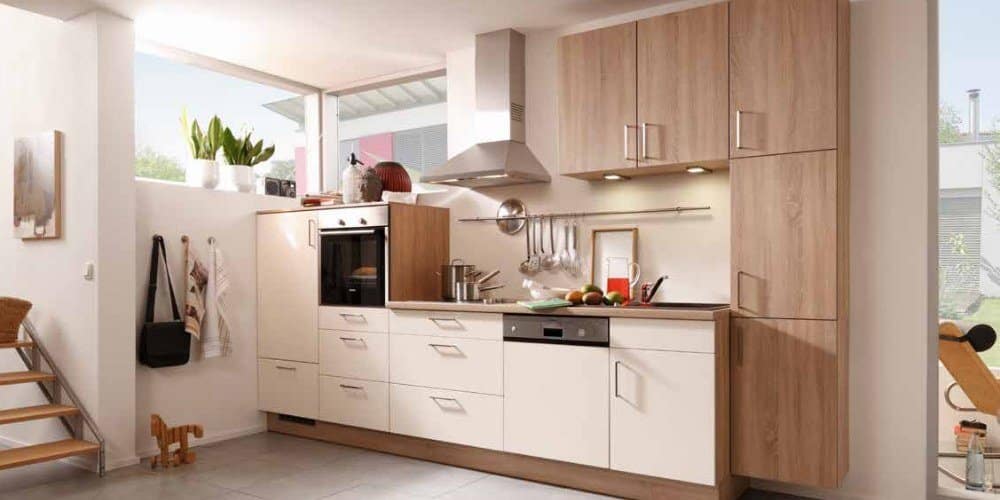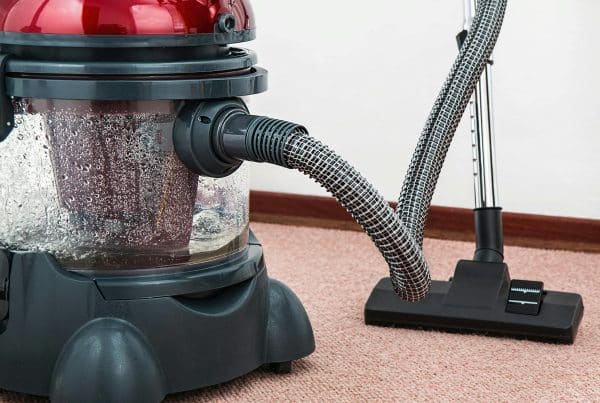Color is more than just a visual element in interior design; it’s a critical component that can significantly influence the ambiance and style, especially in a luxury kitchen. A well-chosen color palette can transform a space, impacting how we feel and interact within it. This article explores the psychology of color in luxury kitchen design, offering insights into how the right hues can create a space that’s not only visually stunning but also emotionally resonant.
Understanding Color Psychology
The study of colors as they influence behavior in people is known as color psychology. Colors have the power to evoke emotions, influence thoughts, and even alter perceptions. In the context of luxury kitchen design, the color palette chosen can set the mood for the entire home. A bright and airy palette can inspire a sense of cleanliness and vitality, while darker, richer colors might convey sophistication and depth. Understanding the psychological effects of colors is crucial in creating a kitchen that resonates on a deeper level with homeowners.
Popular Color Schemes in Luxury Kitchens
Today’s luxury kitchens are seeing a diverse range of color schemes. Soft neutrals and whites remain popular for their timeless elegance and ability to make spaces appear larger. However, there’s a growing trend towards bold colors, like deep blues and greens, which add a touch of drama and luxury. Additionally, warmer tones such as terracotta or blush pink are being used to create a cozy, welcoming atmosphere. These colors reflect not only the latest design trends but also a shift in how homeowners perceive their kitchens – not just as functional spaces but as a reflection of their personal style.
Soft Neutrals and Whites:
- Description: Timeless and elegant, soft neutrals and whites create a bright, airy feel.
- Benefits: They make spaces appear larger and cleaner, offering a canvas for accent colors and materials.
- Ideal for: Kitchens that are smaller or have less natural light.
Bold and Deep Colors (Blues and Greens):
- Description: Deep blues and rich greens add a touch of drama and luxury.
- Benefits: These colors can give the kitchen a sophisticated, modern look.
- Ideal for: Larger kitchens or as accent colors in specific areas.
Warmer Tones (Terracotta, Blush Pink):
- Description: Warm tones like terracotta and blush pink create a cozy, inviting atmosphere.
- Benefits: These colors can soften the look of the kitchen and are versatile for various design styles.
- Ideal for: Creating a welcoming and intimate space.
Classic Black and White:
- Description: A timeless duo, black and white kitchens are both modern and classic.
- Benefits: This scheme offers a sleek, clean look and is easy to accent with any color.
- Ideal for: Those who prefer a minimalist or monochromatic design.
Metallic Accents (Gold, Copper, Brass):
- Description: Incorporating metallic colors like gold, copper, or brass can add a touch of luxury.
- Benefits: These accents can bring warmth and a hint of opulence to the kitchen.
- Ideal for: Enhancing the luxury feel of the kitchen in details like hardware and fixtures.
Natural Greens and Earthy Tones:
- Description: Inspired by nature, these colors bring an organic, calming element.
- Benefits: They create a serene and balanced atmosphere, often used in sustainable or eco-friendly designs.
- Ideal for: Those looking to incorporate natural elements or a biophilic design.
Dark and Moody Hues (Charcoal, Navy):
- Description: Darker shades like charcoal and navy can create a moody, sophisticated ambiance.
- Benefits: These colors can hide wear and stains while making a bold statement.
- Ideal for: Larger kitchens or as part of a contrast with lighter elements.
Vibrant and Energizing Colors (Reds, Oranges):
- Description: Bright colors like reds and oranges can energize the space and stimulate appetite.
- Benefits: They make strong visual statements and can stimulate conversation and creativity.
- Ideal for: Those who want a lively, dynamic kitchen atmosphere.
Pastel Shades:
- Description: Gentle pastel tones offer a soft, subtle approach to color in the kitchen.
- Benefits: These hues can create a light, tranquil environment, perfect for a relaxed feel.
- Ideal for: Kitchens aiming for a gentle, understated elegance.
Two-Toned Kitchens:
- Description: Combining two complementary colors can create a unique, dynamic look.
- Benefits: This approach allows for creativity and contrast in the kitchen’s design.
- Ideal for: Those who want to experiment with color without committing to a single shade.
Choosing the Right Color Palette for Your Kitchen
Selecting the right color palette for your kitchen involves more than following trends. It’s about creating a harmony between your personal style, the architecture of your kitchen, and the amount of natural light available. For smaller kitchens, lighter colors can make the space feel larger and more open. In contrast, larger kitchens can handle darker or more saturated colors without feeling cramped. The key is to balance your color choices with the practicalities of your space.
Impact of Color on Kitchen Functionality
Color doesn’t just influence a kitchen’s aesthetics; it can also impact its functionality. Lighter colors can brighten up a space, making it easier to see and work in. Darker colors might hide stains and wear but can make a room feel smaller. Strategic use of color can create visual zones in larger kitchens, with different hues delineating cooking, eating, and relaxation areas.
Balancing Aesthetics and Personal Taste
While it’s important to consider current trends, your kitchen should ultimately reflect your personal taste. Balancing aesthetics with personal preferences can be challenging but rewarding. For a timeless look, consider using trendy colors in easily changeable elements like wall paint or accessories, while sticking to classic hues for more permanent features like cabinetry.
The colors you choose for your luxury kitchen play a pivotal role in shaping its ambiance and functionality. By understanding the psychology of color and balancing trends with personal taste, you can create a space that is not only visually stunning but also emotionally and practically fulfilling. Whether you opt for timeless neutrals or bold hues, remember that the right color palette can transform your kitchen into a reflection of your unique style and personality.








